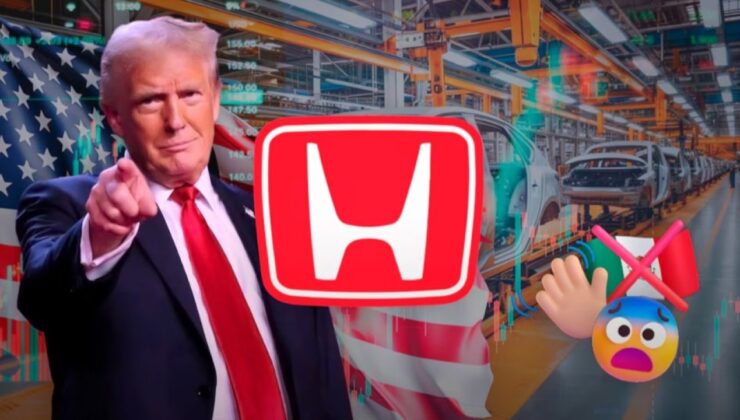

The renowned Japanese automaker, Honda, is undertaking a strategic realignment of its manufacturing operations in North America. This initiative involves a gradual transfer of certain production activities from Canada and Mexico to the United States, marking a significant response to the shifting dynamics influenced by previous US import tariffs.

Responding to Trade Policy Challenges
The automotive industry has been heavily impacted by the trade policies enacted during the administration of Donald Trump, which saw import tariffs on automobiles rise to as much as 25 percent. Confronted with these economic pressures, global manufacturers, including Honda, have been compelled to reassess their production strategies. By increasing the production of vehicles within the US that are sold in the US market, Honda aims to fortify its position against potential future trade policies.
Honda’s Vision for US Production
According to insights from the Japanese business daily, Nikkei, Honda plans to boost its US production capacity by 30 percent over the next two to three years. The company’s ultimate ambition is to manufacture 90 percent of its vehicles sold in the US domestically. Although Honda has yet to issue an official statement, this strategic move serves dual purposes: enhancing supply chain security and mitigating the impact of potential new trade regulations.
The decision to localize production is not just a financial strategy to lessen tax obligations but also a logistical one, positioning Honda closer to its key market. By increasing local manufacturing, Honda aims to efficiently cater to US consumers while navigating the complex landscape of international trade.
ENGLİSH
4 gün önceSİGORTA
4 gün önceSİGORTA
5 gün önceSİGORTA
8 gün önceSİGORTA
10 gün önceSİGORTA
10 gün önceDÜNYA
19 gün önce 1
Elon Musk’s Father: “Admiring Putin is Only Natural”
11557 kez okundu
1
Elon Musk’s Father: “Admiring Putin is Only Natural”
11557 kez okundu
 2
xAI’s Grok Chatbot Introduces Memory Feature to Rival ChatGPT and Google Gemini
10576 kez okundu
2
xAI’s Grok Chatbot Introduces Memory Feature to Rival ChatGPT and Google Gemini
10576 kez okundu
 3
Minnesota’s Proposed Lifeline Auto Insurance Program
9473 kez okundu
3
Minnesota’s Proposed Lifeline Auto Insurance Program
9473 kez okundu
 4
Introducing Vivo Y300 Pro+: A Blend of Power and Affordability
7411 kez okundu
4
Introducing Vivo Y300 Pro+: A Blend of Power and Affordability
7411 kez okundu
 5
What’s the best car insurance for seniors?
6067 kez okundu
5
What’s the best car insurance for seniors?
6067 kez okundu
Veri politikasındaki amaçlarla sınırlı ve mevzuata uygun şekilde çerez konumlandırmaktayız. Detaylar için veri politikamızı inceleyebilirsiniz.